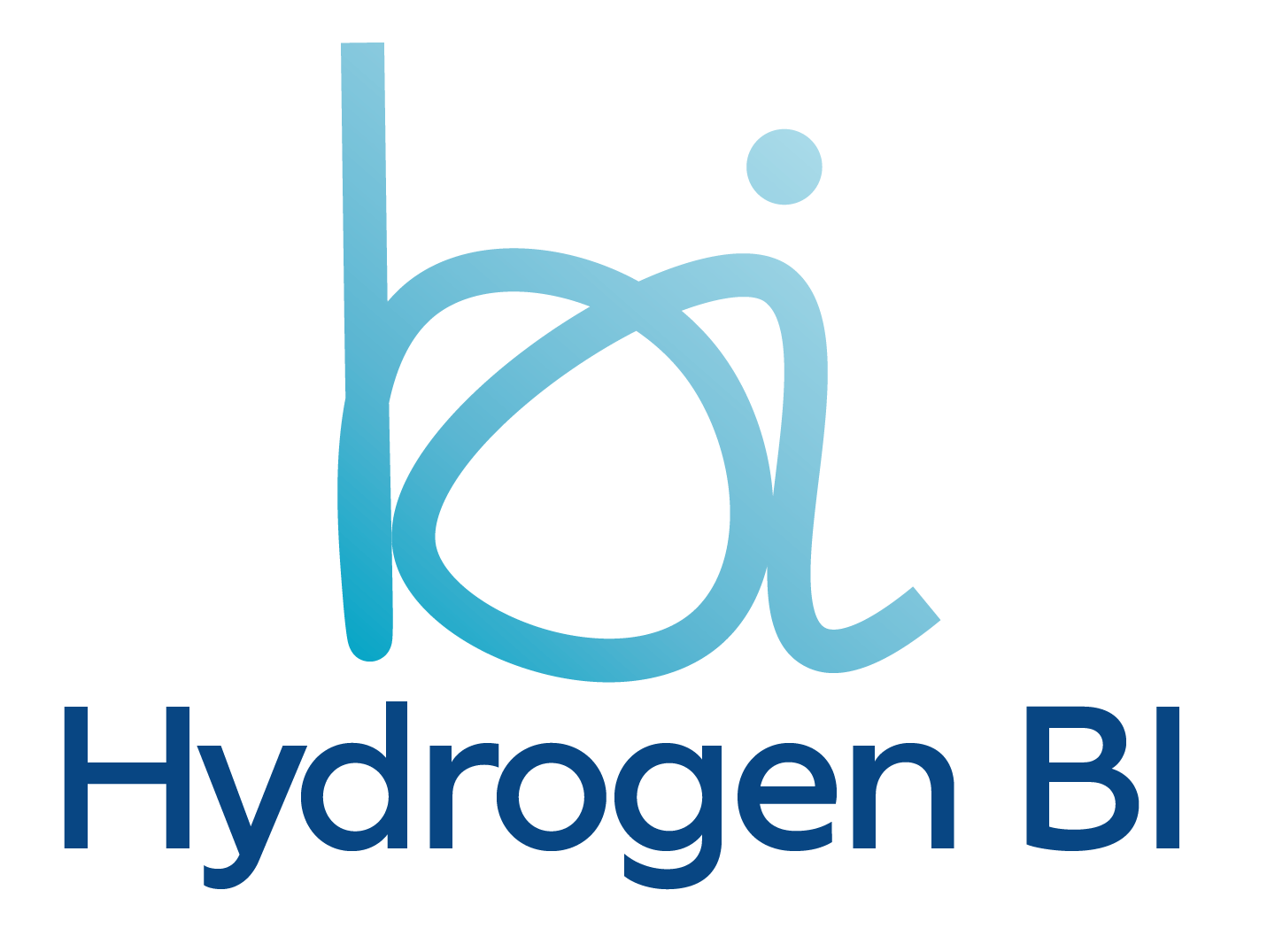Data Challenges for SMEs in 2025: Turning Chaos into Clarity
- Alex Hughes

- Nov 3
- 4 min read
The New Data Dilemma
Data has never been more powerful — or more overwhelming.
By 2025, most SMEs are producing more information each month than they handled in an entire year five years ago. Sales systems, finance apps, marketing platforms, CRMs, and cloud tools all generate constant streams of data — but very little of it connects.
The result?
Leaders are drowning in spreadsheets, dashboards, and “insights” that don’t align.
At Hydrogen BI, we see the same story across hundreds of SMEs: too much data, too little clarity, and teams who don’t trust the numbers they’re using to make big decisions.
The Top Data Challenges for SMEs in 2025
1. Disconnected Systems
Even small businesses now use an average of 10+ digital tools daily — and most don’t talk to each other. CRMs, finance apps, inventory trackers, and eCommerce platforms each hold a version of the truth, but none of it’s complete.Without integration, leaders waste time reconciling reports, chasing updates, and double-checking figures.
If your systems aren’t connected, your insights won’t be either.
2. Manual Reporting That’s Slowing Growth
Too many SMEs still rely on exported spreadsheets, copy-pasted formulas, and emailed updates. It’s inefficient and error-prone. In a world of real-time analytics, “month-end reporting” feels painfully outdated.
Automation is no longer a luxury — it’s the only way to keep pace.
3. Data Silos Creating Confusion
Every department has its own data — and its own version of reality.Sales reports don’t match finance summaries. Operations can’t see what’s in the pipeline. Marketing can’t measure ROI accurately.
When teams don’t share the same numbers, they can’t share the same goals.
4. Poor Data Quality and Trust Issues
Dirty data, duplicates, and incomplete fields erode trust.If leadership can’t rely on the numbers, they fall back on instinct — and that’s when opportunities are missed.
The core issue? SMEs rarely have a defined data owner or quality process. In 2025, that’s a strategic blind spot no business can afford.
5. Reactive Decision-Making
SMEs are still using lagging indicators — last month’s revenue, last quarter’s churn.But 2025 belongs to businesses that predict, not react.
Forecasting tools now use live data to highlight risk before it hits — yet few SMEs have them in place.
6. Talent and Training Gaps
Hiring data analysts is tough — and expensive. Most SMEs don’t need full-time data scientists; they need accessible BI tools that normal teams can use confidently.
The key challenge is translation: turning data into insights that everyone can understand and act on.
The Hidden Cost of Bad Data
When data isn’t managed well, the impact spreads silently across the business:
Finance wastes hours compiling reports that should run automatically.
Sales chase the wrong leads because metrics are outdated.
Operations over-order or under-resource because forecasting is unclear.
Leaders make decisions based on “what feels right” instead of what’s real.
According to Gartner, poor data quality costs businesses an average of $12.9 million per year — even in smaller firms, the wasted time and lost accuracy add up fast.
From Data Pain to Data Power
Business Intelligence isn’t just for big enterprises anymore. In 2025, modern BI tools like Hydrogen BI put real-time dashboards, predictive insights, and automated reporting within reach of every SME.
Here’s what a connected BI setup can fix — almost overnight:
✅ Unified Data: All systems speak the same language. CRM, finance, operations, and sales — all in one view.
✅ Real-Time Dashboards: See what’s happening right now, not last week.
✅ Forecasting Made Easy: Spot revenue dips, stock shortages, or cash flow risks before they happen.
✅ Automation Everywhere: Reports arrive in your inbox automatically, no spreadsheets required.
✅ Confidence Restored: One version of the truth, trusted by everyone.
This isn’t about adding another tool — it’s about simplifying what you already have and making it useful.
What Smart SMEs Are Doing Differently in 2025
Integrating Early: They’re connecting systems before scale makes it messy.
Prioritising Visibility: Dashboards are part of every meeting, not a postscript.
Automating Reports: Teams spend time using data, not building it.
Training Non-Technical Staff: Everyone understands the metrics that matter.
Partnering for BI Support: They lean on data partners — like Hydrogen BI — to keep things running and evolving.
People Also Ask
What is the biggest data challenge for SMEs in 2025?
It’s fragmentation. Most SMEs are dealing with disconnected systems and inconsistent reporting, which prevents leaders from making clear, confident decisions.
How can SMEs use data more effectively?
By connecting systems, automating reports, and using Business Intelligence tools to create one live source of truth across the organisation.
Is Business Intelligence too complex for small businesses?
Not anymore. Platforms like Hydrogen BI make BI accessible, intuitive, and scalable — no data science background required.
Why does data quality matter so much?
Because decisions are only as good as the data behind them. Clean, connected data leads to better forecasting, faster growth, and fewer costly mistakes.






